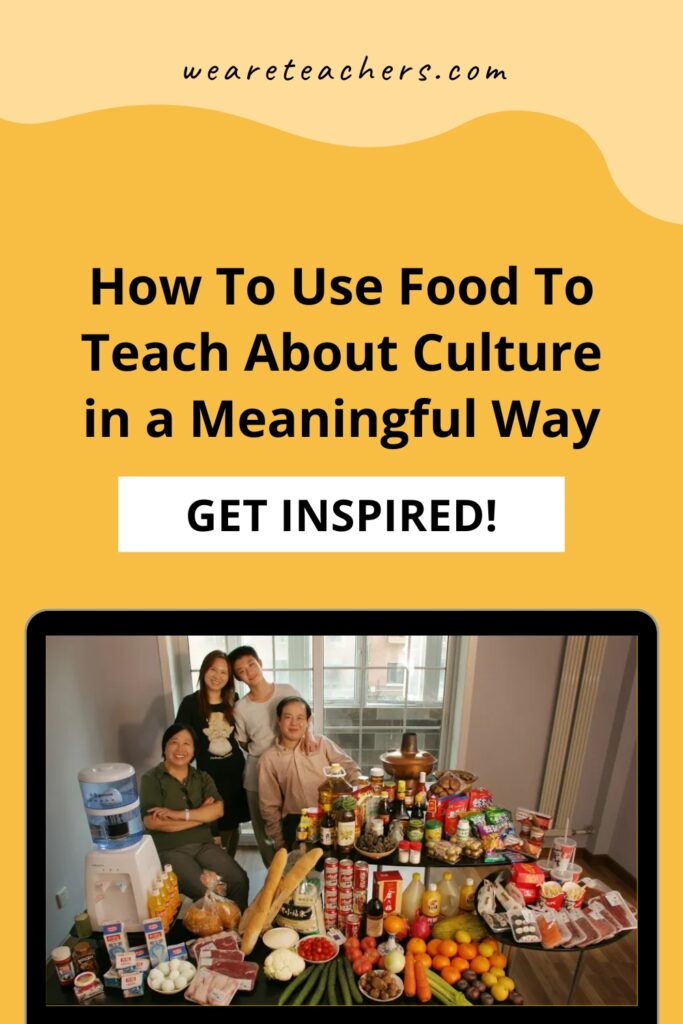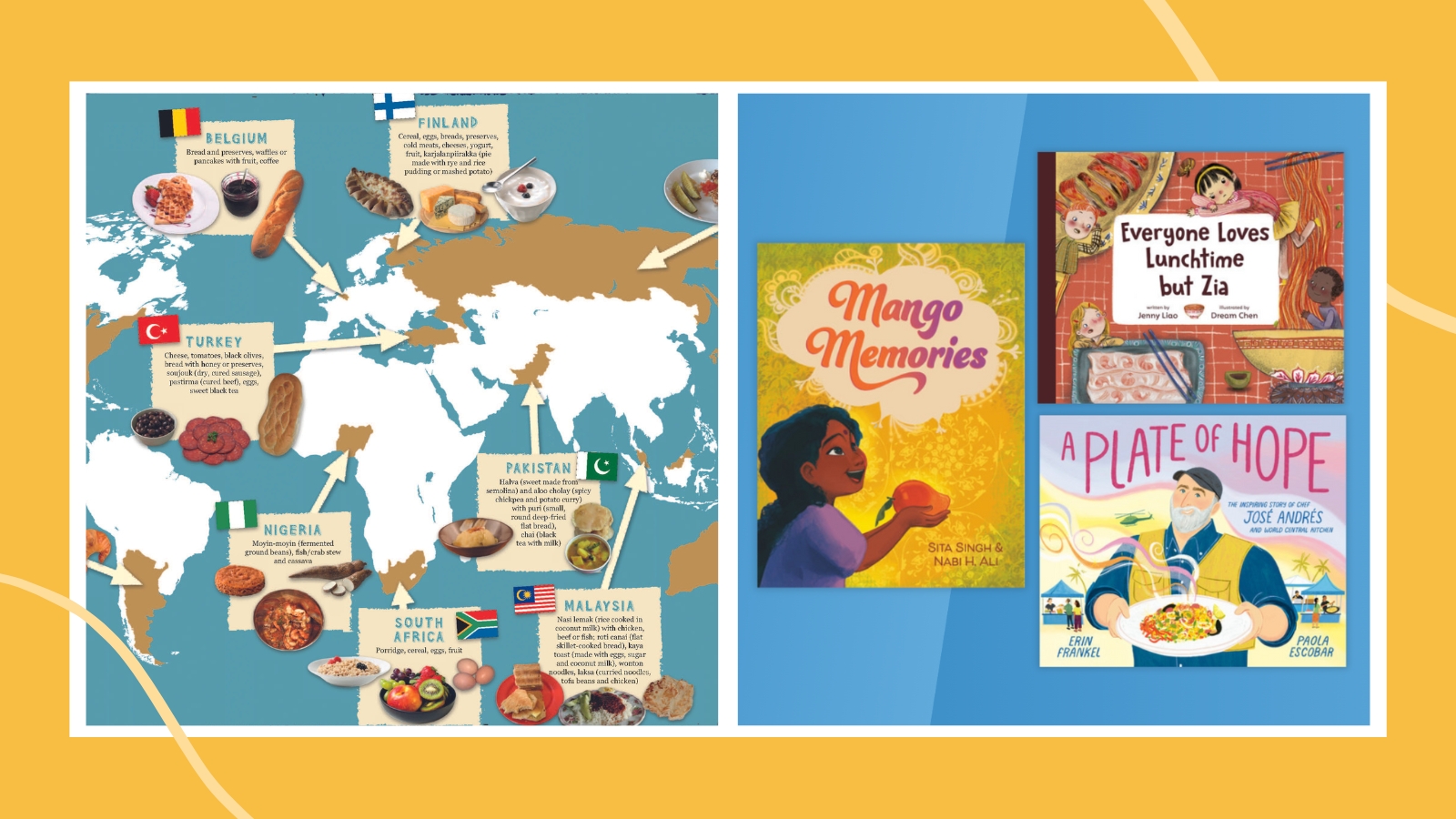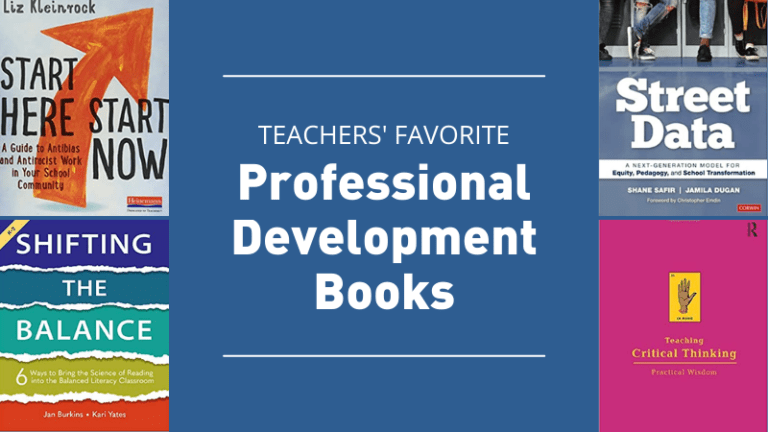We all eat. But food serves as more than just sustenance. Food is a gateway to understanding culture, history, and identity. In today’s diverse classrooms, educators have an opportunity to foster cultural understanding through discussions about food. While merely exploring the culinary aspects of different cultures may seem enticing, genuine cultural appreciation goes beyond the porridge on our plates. We consulted with experts on ways teachers can engage students in meaningful conversations about food that offer a deeper view of diverse cultures. We also have suggestions for books and ideas for teaching culture and food in your classroom.
Food is important but doesn’t paint the entire picture of a culture
Food, or any of the Five F’s (food, fashion, famous people, festivals, and flags), can be a great entry point for engaging students in lessons about world cultures. Those observable, tangible traits are easy, fun, and engaging for students and educators. But when Culture Day experiences stop at the superficial (dressing up in costumes, eating different foods, honoring heroes, etc.), the impression of the cultures being studied can also be superficial.
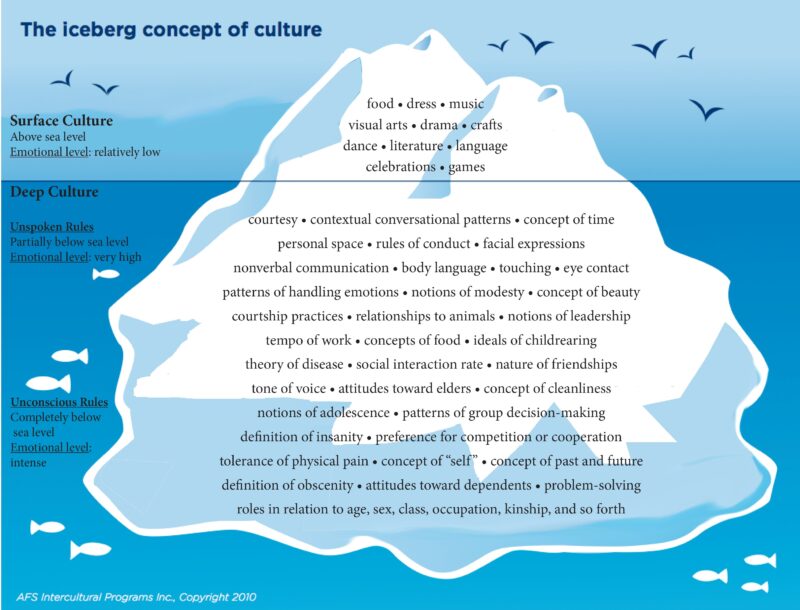
The concept of diving deeper to understand the complexities of different cultures was first illustrated with the cultural iceberg by anthropologist Edward T. Hall in 1976 and professor Gary Weaver in 1986. Their models showed how only about 10% of what makes up a given culture is visible. The deep cultural values and beliefs that make up the other 90% of a culture lie beneath the surface. In her book Culturally Responsive Teaching & the Brain, Zaretta Hammond uses a similar analogy of the Culture Tree with three levels of cultural understanding: surface culture, shallow culture, and deep culture. “Food is just one view into culture,” she said. “We need to go beyond the heroes and holidays and ‘it’s a small world’ approaches to understanding cultures, which can be reductionist and erase the significance.”
How to dive deeper into culture using the lens of food
How can educators go beyond Taco Tuesdays to celebrate Mexico or sharing Mandarin oranges to celebrate the Chinese New Year? When discussing food in the classroom, educators can encourage students to explore the deeper layers of cultural significance. This could include how food reflects a culture’s history, geography, traditions, and values. “Dig into the Why,” said Jennifer D. Klein, educator facilitator, coach, and author of The Global Education Guidebook.
Students can research why Mexican foods are spicy (more or less so depending on the region), while Andean foods in South America rarely are, for example. What geographic or climate factors determine what peppers grow well in a region?
—Jennifer D. Klein
Rather than solely focusing on recipes or ingredients, teachers can facilitate discussions about the cultural practices surrounding meals, the symbolism of certain dishes, and the rituals associated with food preparation and consumption. Mandarin oranges symbolize good luck, but why? A closer look below the surface reveals that the word for the fruit sounds like the word meaning “good luck” or “gold” in different Chinese dialects. Exchanging the fruits is a form of showing respect and sharing the tradition of good fortune with friends and family. Once you and your students begin to move beyond the visible aspects of a culture, it can open up richer and deeper conversations.
Understand the cultural makeup of your classroom to teach global competencies with food
It’s important to know the diverse cultural complexion of the students in your class so you can anchor the lessons in their experiences. Culturally responsive teaching is based on the understanding that we learn best when we can connect with the material. That means weaving students’ various experiences, customs, communication styles, and perspectives throughout the learning process.
The common classroom exercise where students bring in a dish representing their culture or family traditions is an opportunity to have students share their own stories. Klein emphasizes fostering curiosity and open-mindedness when exploring diverse culinary traditions with students. Consider that each student’s household is its own micro-culture with its own rituals around food. She advises educators to create inclusive spaces where students feel empowered to share their own food experiences while respectfully engaging with those of others.
“Ideally, we create an environment where all the dishes seem exciting and interesting because they come from students’ real lives. The goal of an inclusive classroom is to honor all of the perspectives and all of the experiences,” Klein said. Make sure students understand that they don’t have to like all of the dishes. However, they need to learn how to try them and be respectful when the tastes, smells, and appearance of some food aren’t appealing to them. “Global competency is when we learn to try different things and learn to be respectful in how we respond to them.”
Ideas and Resources for Teaching Food and Culture
By incorporating hands-on experiences and collaborative learning opportunities, educators can create meaningful connections between food, identity, and global citizenship in the classroom. Use these example activity ideas and resources to engage students in meaningful discussions about food and culture. They will not only deepen students’ understanding of food and culture, but also foster critical thinking, communication skills, and cultural appreciation.
1. Read books that use food to spark cultural insight.
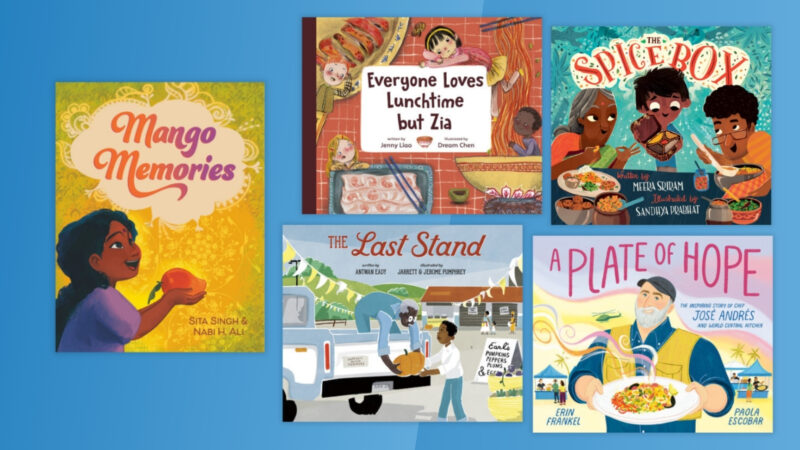
The Spice Box: A father and son share family stories through a spice box that’s been handed down from generation to generation.
Mango Memories: A young South Asian girl creates her own mango season story to add to her family’s harvest memories.
The Last Stand: A farm stand represents the importance of family, community, and hope.
A Plate of Hope: This picture book biography centers on chef José Andrés from the World Central Kitchen organization, who tells stories with food.
The World Central Kitchen Cookbook: This is a collection of stories and recipes from renowned chefs, local cooks, and celebrity friends of José Andrés’ nonprofit World Central Kitchen, which feeds communities impacted by natural disasters and humanitarian crises.
Everyone Loves Lunchtime but Zia: A Chinese American girl grows to appreciate the traditional dishes her parents prepare for her and finds a way to share her lunch with her classmates.
National Geographic Kids Encyclopedia of American Indian History & Culture: American Indian customs, stories, and history come to life in this authoritative reference featuring more than 160 tribes.
Andrew Zimmern’s Bizarre World of Food: Brains, Bugs, and Blood Sausage: Join a journey to local markets, cultural feasts, and forests in countries around the world to sample unusual foods while learning about the people, places, and adventures.
2. Create cultural food maps.

Have students create maps highlighting the origins of different foods and their cultural significance. Encourage them to research the geographical regions where specific ingredients or dishes originate and how they have traveled and evolved over time. Dollar Street can help students understand the socioeconomic factors at play when looking at how families around the world live, including insight into how they shop for food, cook, eat, use spices, and more.
3. Share family food stories.
How, where, when, and why people make and eat their food can teach a great deal about one another. Invite students to share stories about memorable meals from their own cultural backgrounds or family traditions. This activity encourages students to reflect on the significance of food in their lives and fosters a sense of pride in their cultural heritage.
4. Organize taste tests and sensory exploration.
Organize a taste-testing session featuring foods from diverse cultures. Encourage students to use all their senses to describe the flavors, textures, and aromas of each dish. Facilitate discussions about how different cultures use spices, herbs, and cooking techniques to create unique culinary experiences.
5. Make food and identity collages.
Ask students to create and share collages or visual representations of the role food plays in shaping their cultural identity. They can include images of traditional dishes, family recipes, dining customs, and festive celebrations associated with food.
6. Host recipe exchanges and cooking demonstrations.
Arrange a recipe exchange where students share favorite recipes from their cultural backgrounds. Consider organizing cooking demonstrations where students collaborate to prepare dishes from different cultures, promoting teamwork and cross-cultural exchange.
7. Engage in food and social justice discussions.
Food can also be a lens through which students develop critical thinking skills and empathy. By examining food systems, students can explore issues of food inequality, access, food insecurity, sustainability, and food justice both locally and globally. They can also explore food deserts, agricultural practices, and the impact of food choices on the environment and public health. Understanding the complexities of food production and consumption fosters empathy toward diverse experiences and challenges faced by communities worldwide. Encourage students to brainstorm solutions and advocate for positive change in their own communities.
8. Take food field trips and virtual culture tours.

Organize field trips to local farmers markets, ethnic grocery stores, or restaurants serving international cuisine. Alternatively, take advantage of virtual tours and online resources to explore food cultures worldwide, engaging students in interactive learning experiences beyond the classroom walls. Klein recommends using images to start the conversations with resources like Hungry Planet: What the World Eats, by Peter Menzel and Faith D’Aluisio, which features photographs of 30 families from around the world with the food they eat in a typical week.
9. Integrate multidisciplinary perspectives about food and culture.
To provide a well-rounded understanding, educators can integrate various disciplines into discussions about food:
- History can illuminate the origins of specific cuisines and the impact of colonization and migration on foodways.
- Geography offers insights into the availability of ingredients and regional cooking styles.
- Literature and art can provide additional context, showcasing how food is depicted across cultures in storytelling, poetry, and visual arts.
- Nutrition, biology, and other sciences are ways to dive deeper into food and how our bodies process it.
Hammond advises that teachers be clear about the purpose of using food in their lessons. “Help students understand how food shapes culture,” she said. “Also, make sure the point of the lesson is grounded in who the students are and the standards you are trying to teach.” The curriculum-based activities in Food and Multiculturalism: Exploring Cultural Differences Through the Lens of Food, from the Center for Food and Culture, map to standards in ELA, history, spatial thinking skills, human systems, geography, and more.
Incorporating discussions about food in the classroom offers a rich opportunity to cultivate cultural understanding, critical thinking, and empathy among students. By going beyond the plate and exploring the multifaceted aspects of food, educators can inspire a deeper appreciation for the richness and diversity of human cultures.
Through thoughtful engagement with food, students can discover and connect with the world and one another.
